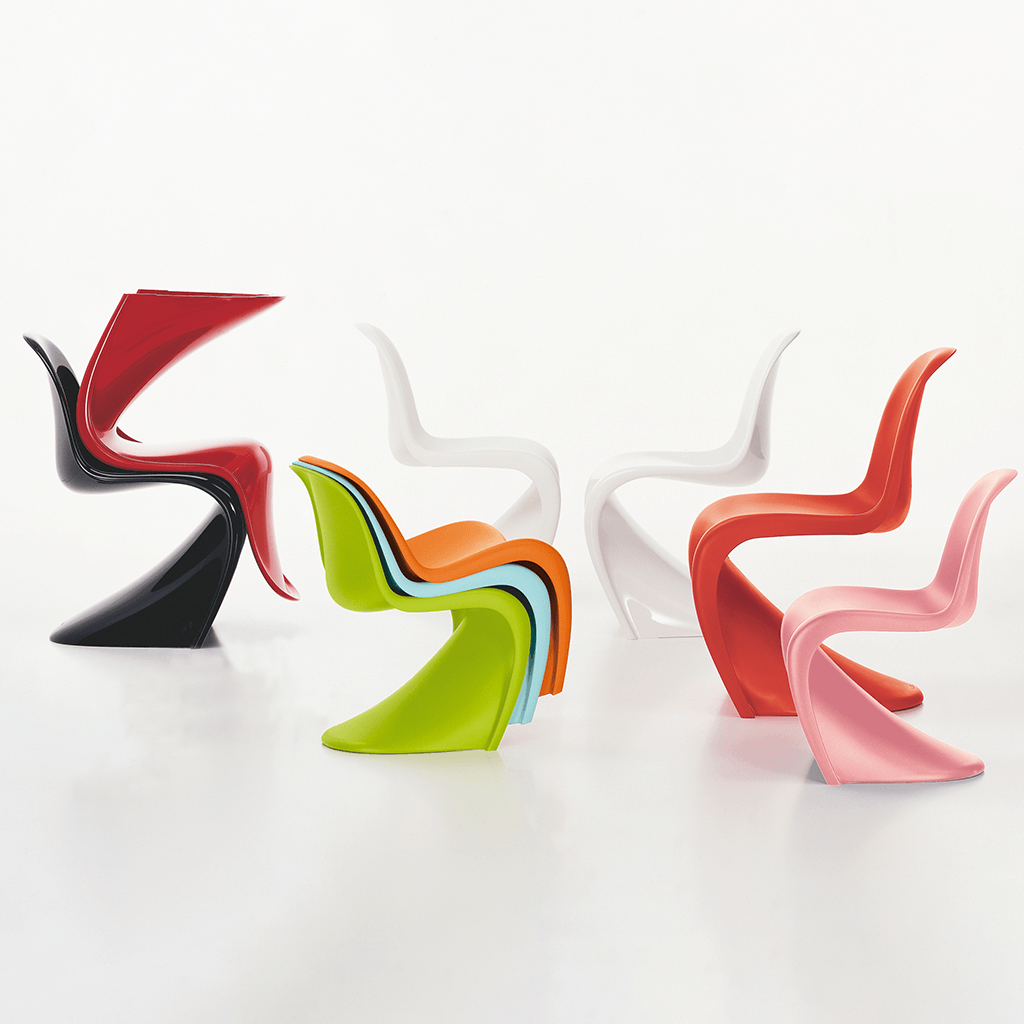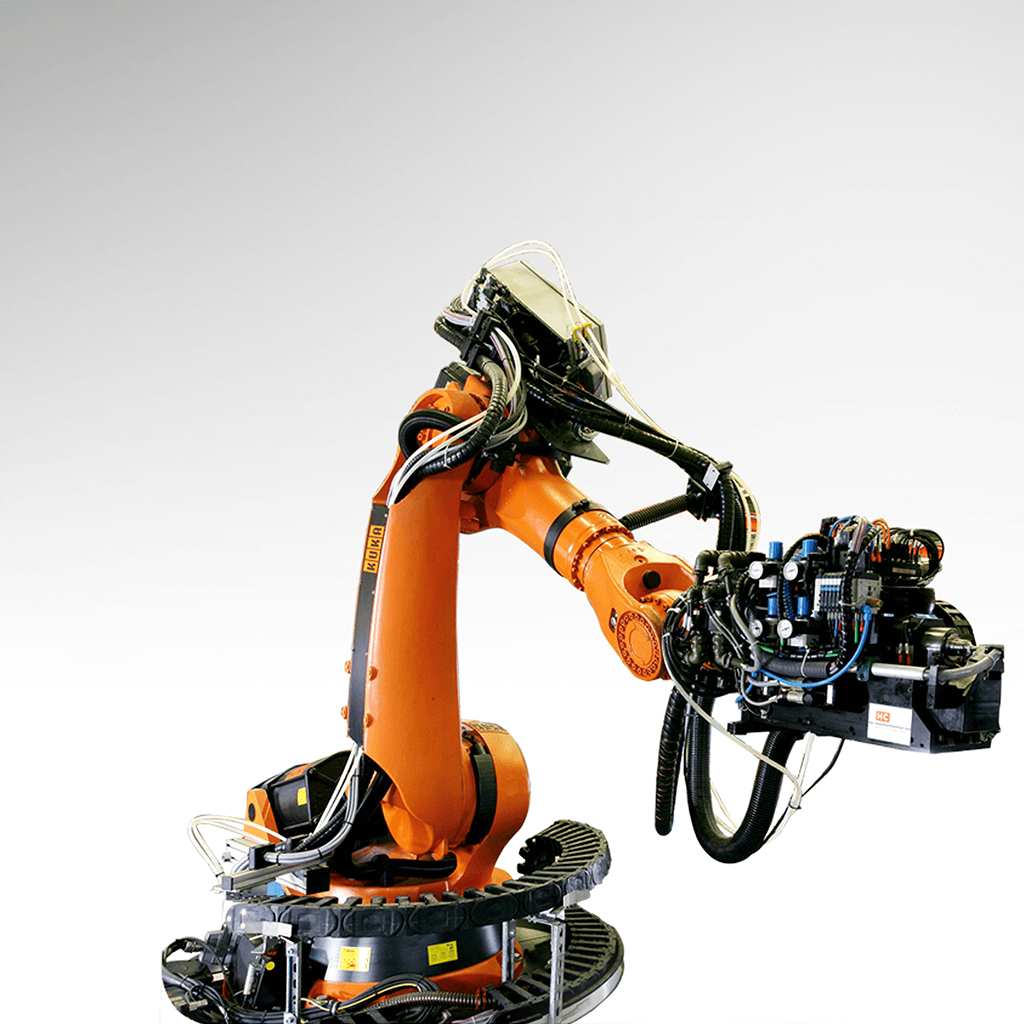“We can push boundaries and explore the art of the possible to create new solutions”
Syensqo is partnering with Bristol, UK based start-up iCOMAT who has developed Rapid Tape Shearing (RTS), a truly disruptive material deposition technology that will revolutionize the design and manufacture of composite parts, answering the industry’s need for lighter and more cost efficient composite structures. This interview has been published in the JEC Composites Magazine N°155.

JEC Composites Magazine: Why is rapid tow shearing (RTS) technology revolutionary?
Evangelos Zympeloudis, CEO, iCOMAT (on the right side of the picture): Composite materials are highly anisotropic. They have superior properties in the fibre direction, while a structure is almost certainly never loaded equally in all directions. Steering makes it possible to tap into the potential of composites by aligning the majority of the fibres with the primary load path(s) of the structure.
The benefits of fibre steering are well documented but, until now, realising the full potential of fibre-steered designs has been restricted to state-of-the art manufacturing processes, such as automated fibre placement (AFP), which have limited fibre steering capability due to the following reasons:
• require the use of narrow tapes (typically 3.175 mm to 6.35 mm);
• minimum steering radius of >600 mm;
• gaps and overlaps in steered structures.
This limited fibre steering capability restricts the design space and results in defects at the laminate level, meaning that the theoretical benefits are not realised in practice.
To solve these challenges, iCOMAT developed rapid tow shearing (RTS), the world’s first automated deposition technology that can steer wide tapes without introducing the defects associated with current methods, such as AFP or ATL (automated tape laying).
RTS has superior steering capabilities including:
• compatible with any tape width (3.175 mm to 200 mm);
• minimum steering radius of >50 mm;
• no gaps and overlaps or any defects in steered structures.
Fibre steering dramatically expands the design space for composite parts. It can improve all aspects of structural performance. This, in turn, allows designers to optimise components and minimise material usage, with weight and cost benefits that can revolutionise the use of composites.
JEC Composites Magazine: To what extent can iCOMAT’s RTS, associated with Syensqo’s technologies, change our point of view on composites manufacturing?
Rob Blackburn, Head of Customer Engineering, Syensqo Composite Materials Global Business Unit (on the left side of the picture): Combining iCOMAT’s unique RTS technology with Syensqo’s material science expertise and double diaphragm forming (DDF) technology creates a highly-efficient approach to high-volume manufacturing. RTS unlocks direct control over the fibres’ orientation at any point. This provides just enough degrees of freedom at the preform level (2D), so that a part of complex geometry can be formed without the traditional forming defects (fibre bridging, buckling, and wrinkling). To ensure optimum forming performance, it is vital to tailor the material and forming process parameters, which is made possible with Syensqo’s advanced prepregs and DDF expertise.
By using RTS-generated 2D blanks and forming them using DDF, an automated “lay flat+form” workflow can be created and optimised rapidly (Figure 1). This combination enables unrivalled efficiencies in processing time, quality inspection and manufacturing, truly offering the ability for high-volume manufacturing with high-performance capability.

JEC Composites Magazine: Which markets/sectors do you aim for with that solution? What are your prospects regarding a commercial deployment?
Evangelos Zympeloudis: We foresee strong value for our combined efforts in areas where lightweighting is critical and which require fast processing and/or high volumes. Traditionally, such applications are found in aerospace and high-performance automotive, where composites are already well established. This is where the structural and production performance of RTS coupled with DDF can supercharge the penetration of composites to even higher volume applications than what is economically feasible today.
JEC Composites Magazine: Thanks to its Composite Material Application Centre (based in Heanor, Derbyshire, U.K.), Syensqo owns an innovation centre for composite materials. Could you tell us more about this unique structure?
Rob Blackburn: Our application centre investments in Heanor, but also in Brussels and Wichita at NIAR (National Institute for Aviation Research), provide a collaborative space to work with our customers and partners on concept development and day-to day problem solving. They provide a space where we can push boundaries and explore the art of the possible to create new solutions to address the industry’s future challenges.
JEC Composites Magazine: What will be the centre’s role in the completion and deployment of the RTS technology?
Rob Blackburn: Our application centre in Heanor will play a key role in our collaboration with iCOMAT. It is where we will install an RTS development cell that will enable us to have a rapid feedback loop on RTS optimised material development (Figure 2). This shared capability will also give us the capacity to collectively work with a broader customer base in developing and demonstrating advanced manufacturing solutions.

JEC Composites Magazine: What is the benefit of co-innovation when developing new technologies?
Evangelos Zympeloudis: Co-innovation in technology development, such as the collaboration between iCOMAT and Syensqo, offers a multitude of benefits and is especially important in composites production, due to the inherent technical complexity. By leveraging complementary strengths, these partnerships create a synergistic environment where diverse and deep domain expertise contributes to accelerated development processes. The collaboration accelerates innovation by fostering rapid feedback loops, efficient problem-solving, and the cross-pollination of ideas. The resulting solutions are more likely to align with market needs, providing a holistic and efficient approach to technology development.
Want to read more articles?
Subscribe for free now and access to the JEC Composites Magazine N°155.
Available in print, digital and via the mobile application.













